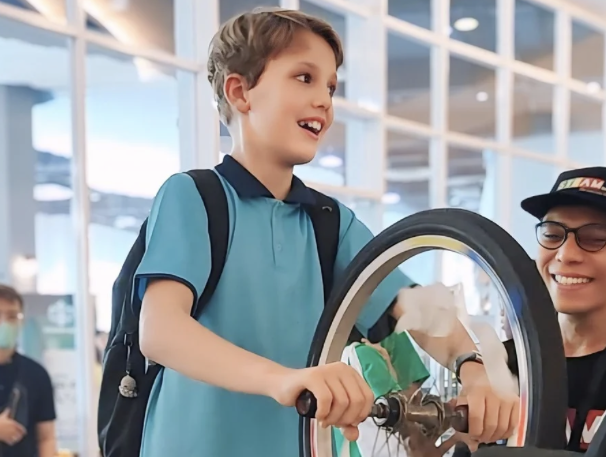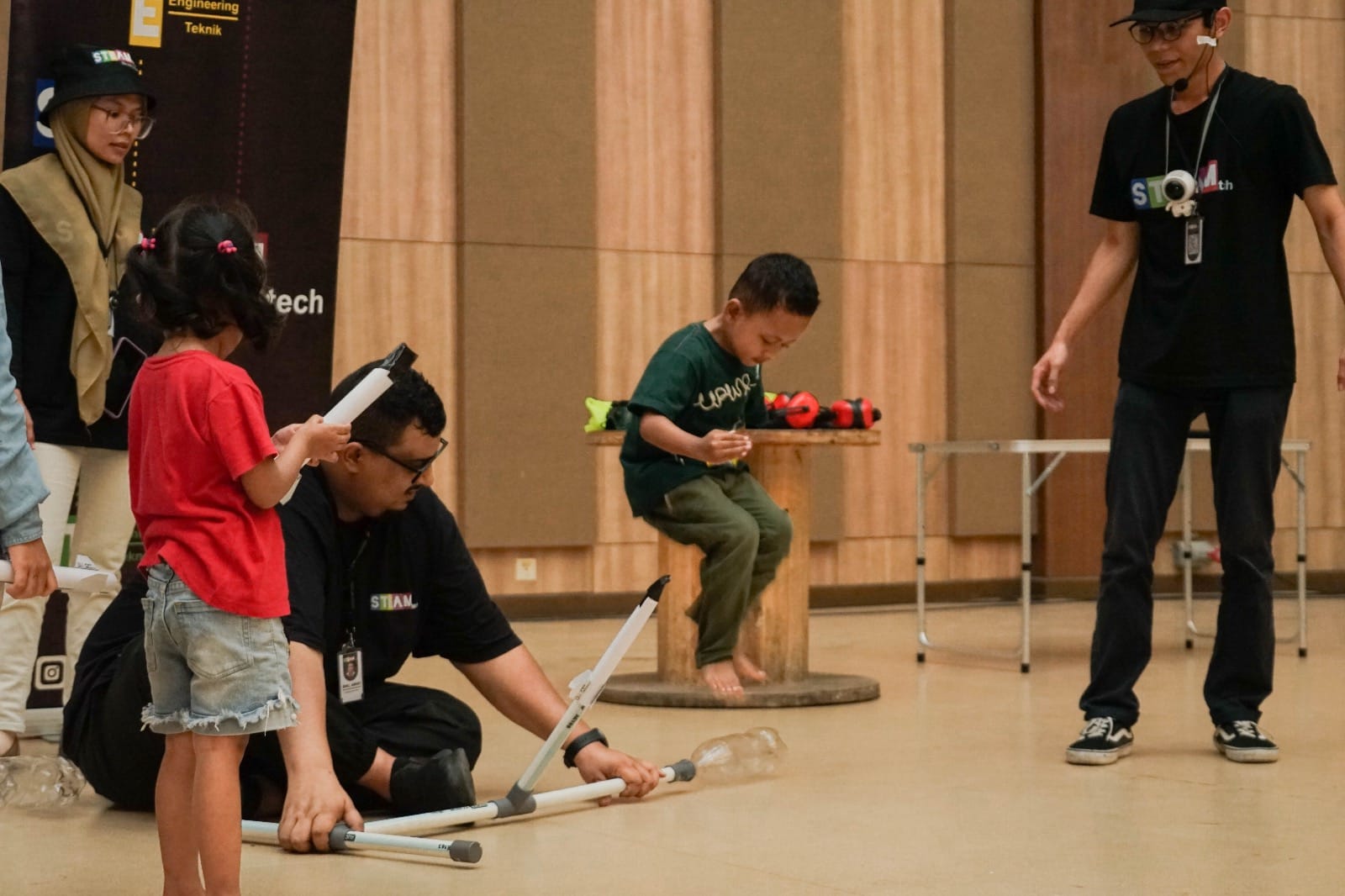Education is not the filling of the pail, but the lighting of the fire.
W.B. Yeats
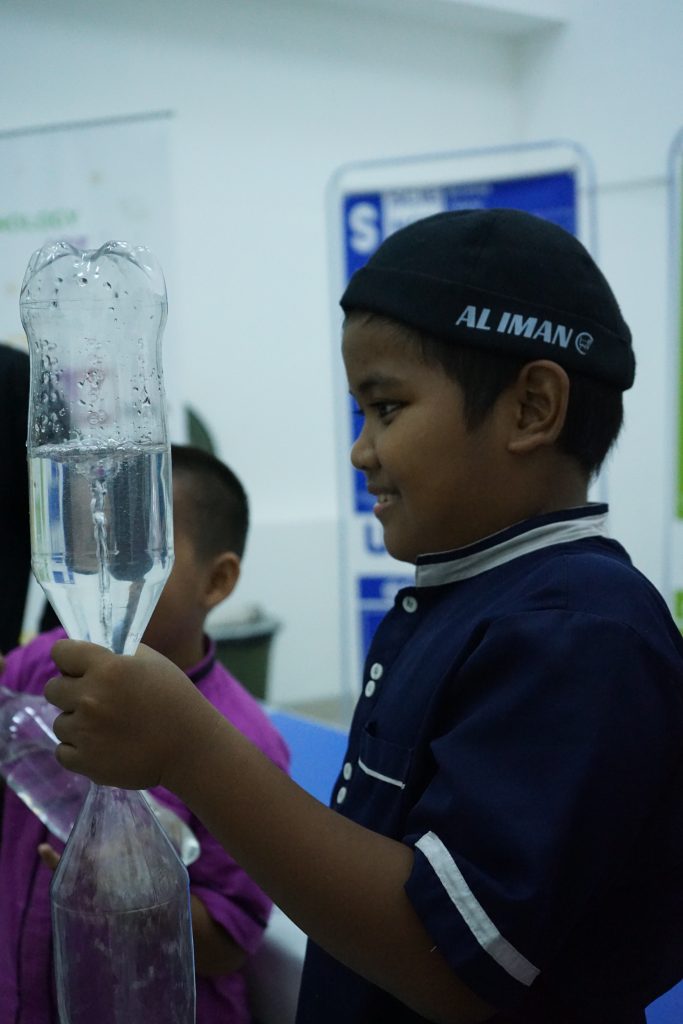
Water Tornado
The Water Tornado Experiment is a fun and easy hands-on activity that demonstrates how tornadoes form in water. Perfect for engaging students, this experiment provides a visual and interactive way to explore the fascinating principles of air rotation and natural phenomena like tornadoes. A must-try for sparking curiosity and deepening understanding of science!
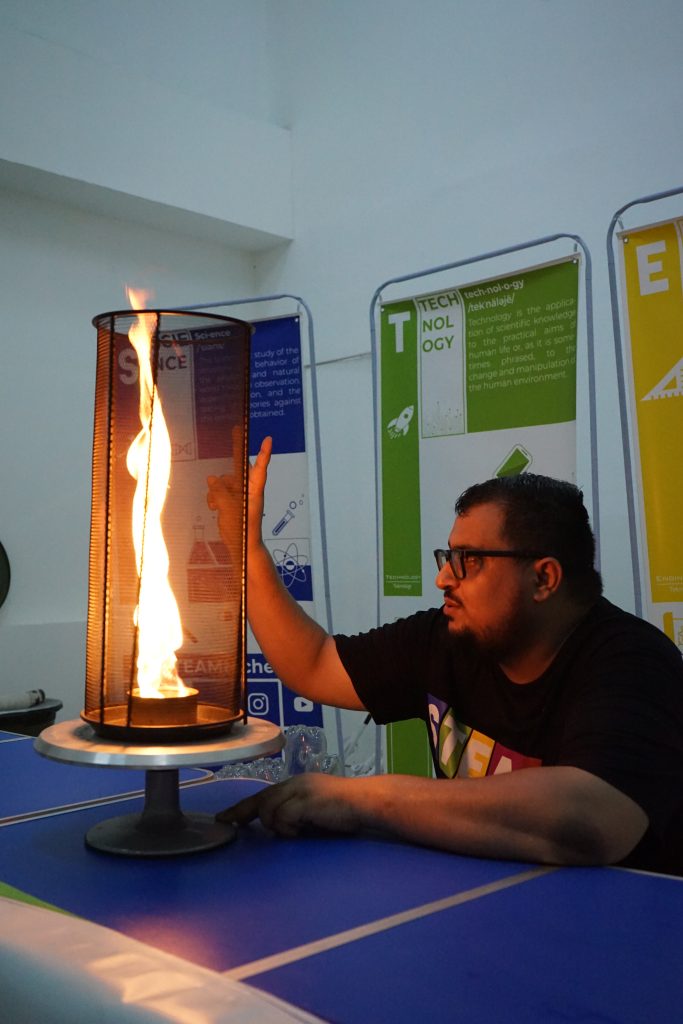
Fire Tornado
The Fire Tornado Experiment is an exciting, hands-on demonstration that shows how fire can form a mesmerizing vortex, just like a tornado! This thrilling experiment brings the science of air rotation and temperature differences to life, offering a captivating way for students to explore the forces of nature. A must-see for sparking curiosity and making science both fun and unforgettable!
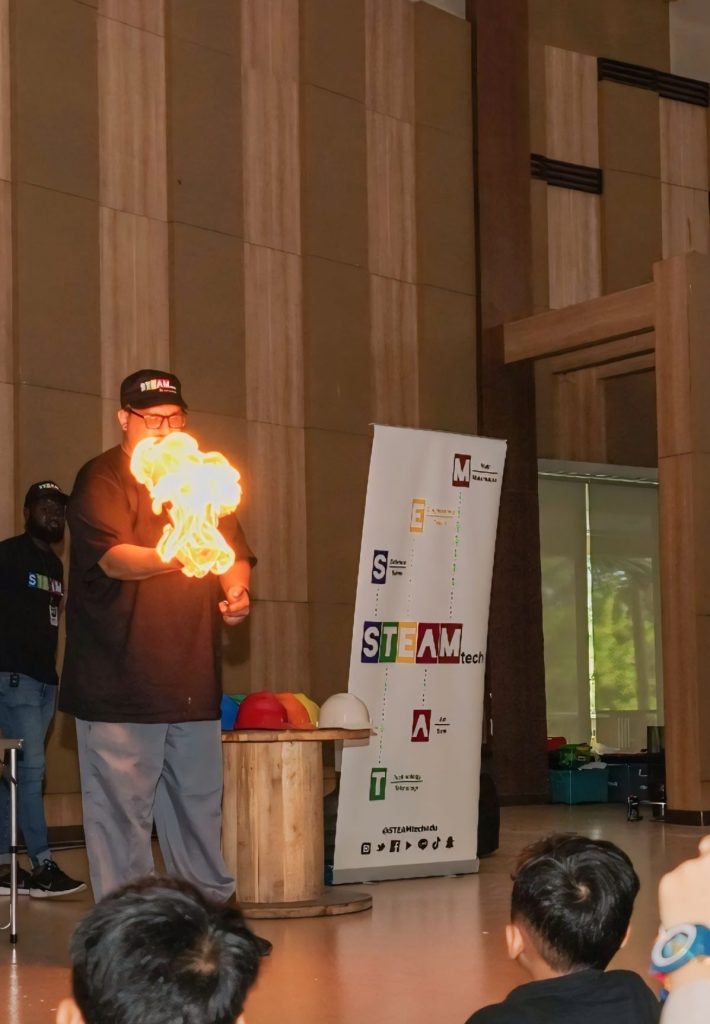
Fire in Hand
The “Fire in Hand” experiment is a thrilling and safe demonstration that shows how fire can burn in your hand without causing any harm, thanks to the fascinating principles of physics and chemistry. By showcasing how fire only burns flammable materials and your skin doesn’t get hot enough to burn, this experiment provides an unforgettable hands-on experience. Perfect for igniting curiosity and making science both exciting and educational for all ages!
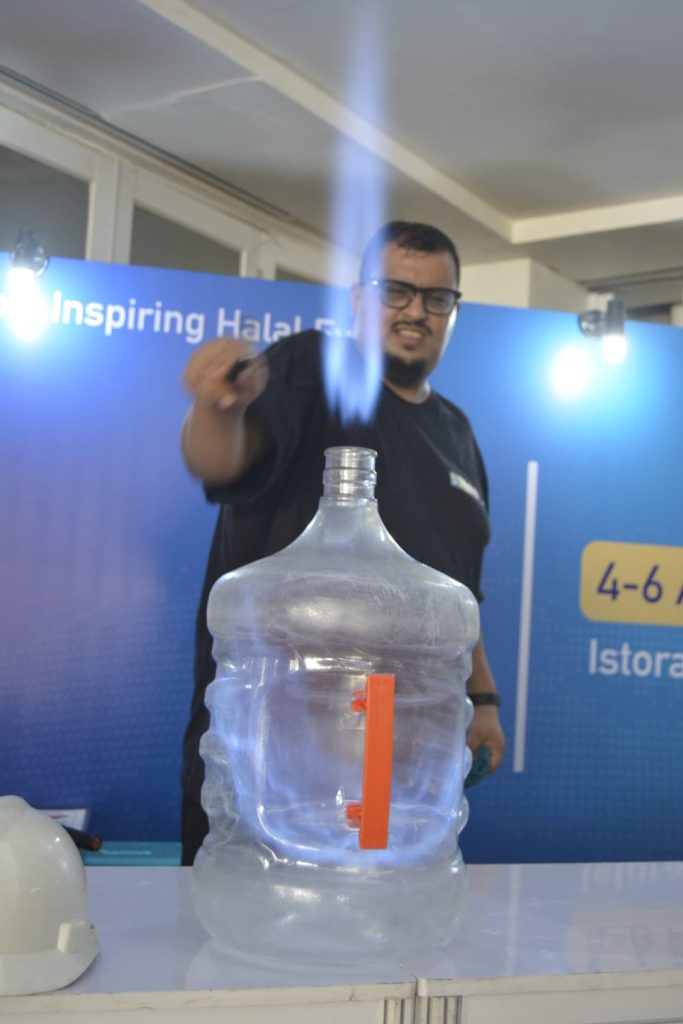
Jet Gallon
The Jet Gallon Experiment is a simple demonstration that showcases the basic principles of air pressure and fluid flow. This experiment is a perfect example of how fluid pressure and gravity work together in real-world applications. It provides a hands-on opportunity to explore key scientific concepts in an engaging and easy-to-understand way!
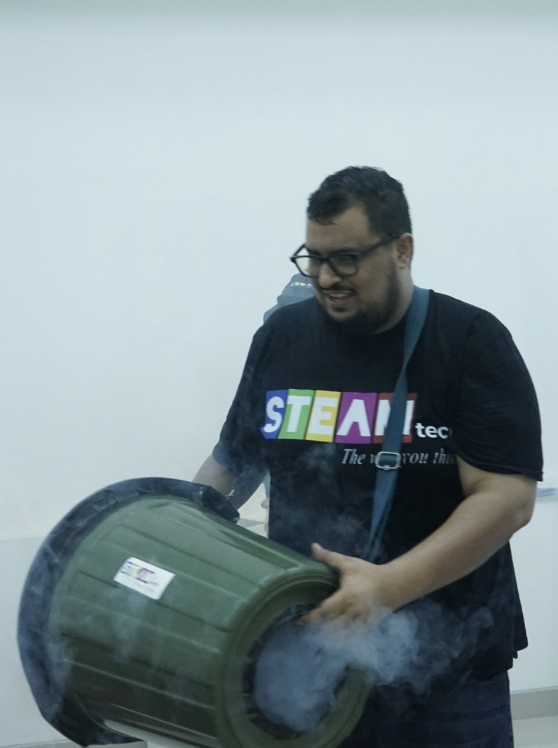
The Vortex Canon
The Vortex Cannon Experiment is an exciting hands-on demonstration that shows how spinning air can create a powerful swirling vortex, similar to how wind forms a tornado. This thrilling experiment is perfect for sparking curiosity and providing a visual, interactive way to explore the science of air flow and natural phenomena. A must-try for anyone eager to experience the power of science in action!
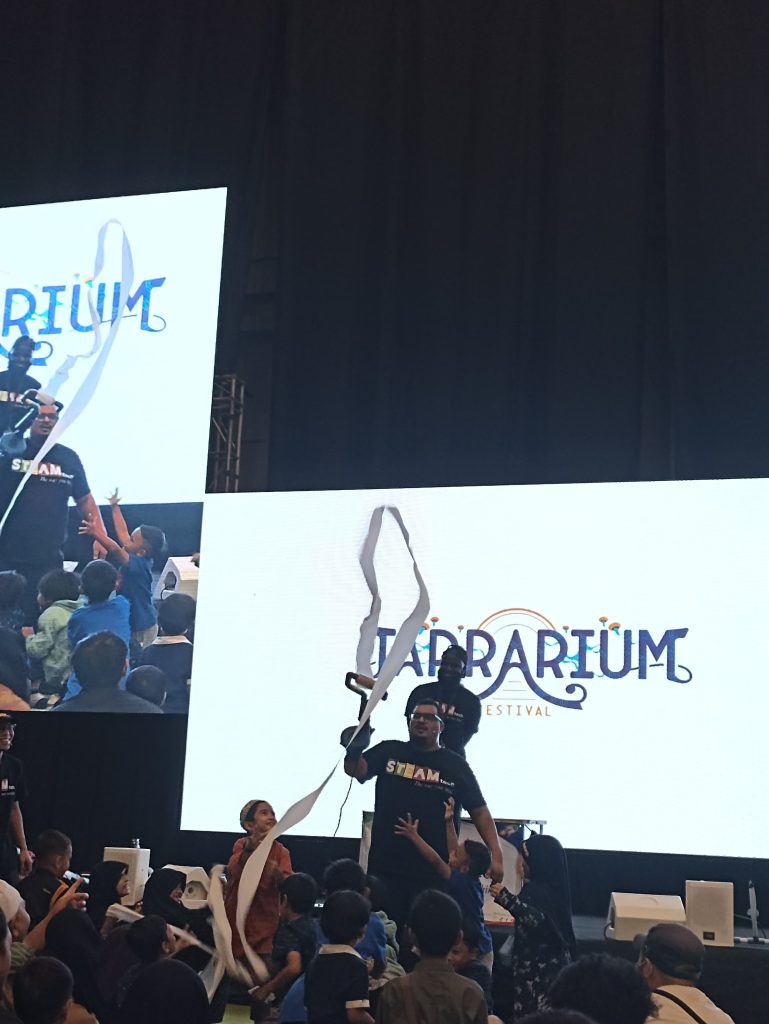
The Bernoulli’s Principle
The Bernoulli’s Principle Experiment demonstrates how changes in the speed of air or fluid flow can affect pressure. This principle illustrates the relationship between fluid (air) flow speed and pressure: the faster the flow, the lower the pressure. A hands-on, engaging way to explore the fascinating science behind fluid dynamics and how it influences the world around us!
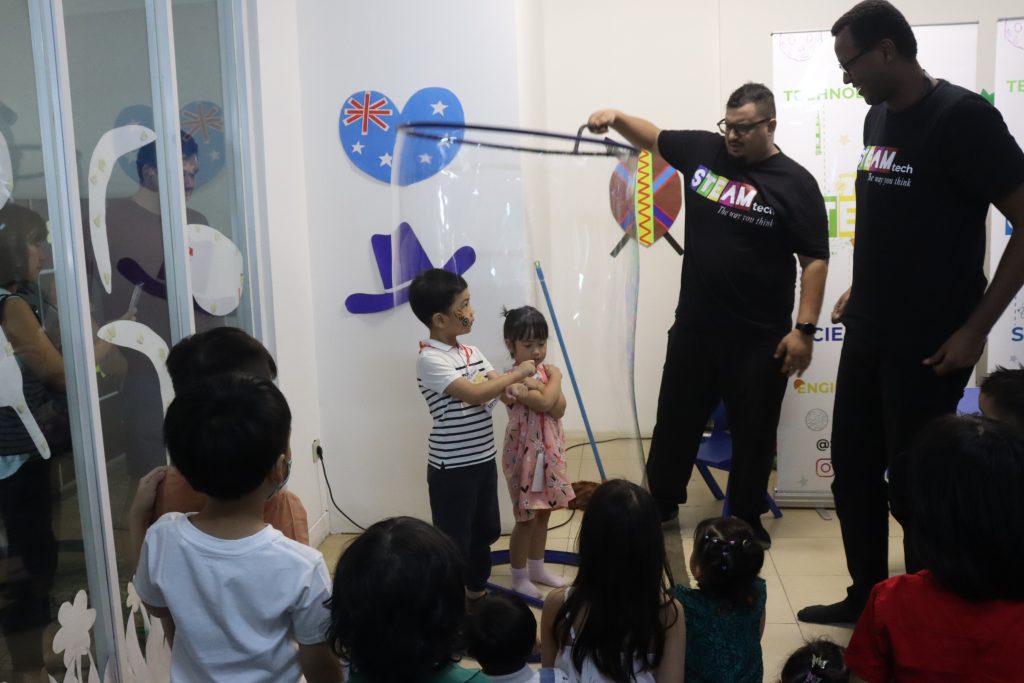
Giant Bubble
The Giant Bubble Experiment is an exciting activity where participants create enormous soap bubbles using a special mixture. This experiment provides a fun and interactive way to learn about surface tension, the elastic properties of liquids, and how different ingredients affect the stability and size of bubbles. A perfect hands-on experience for sparking curiosity and exploring the science behind this mesmerizing phenomenon!
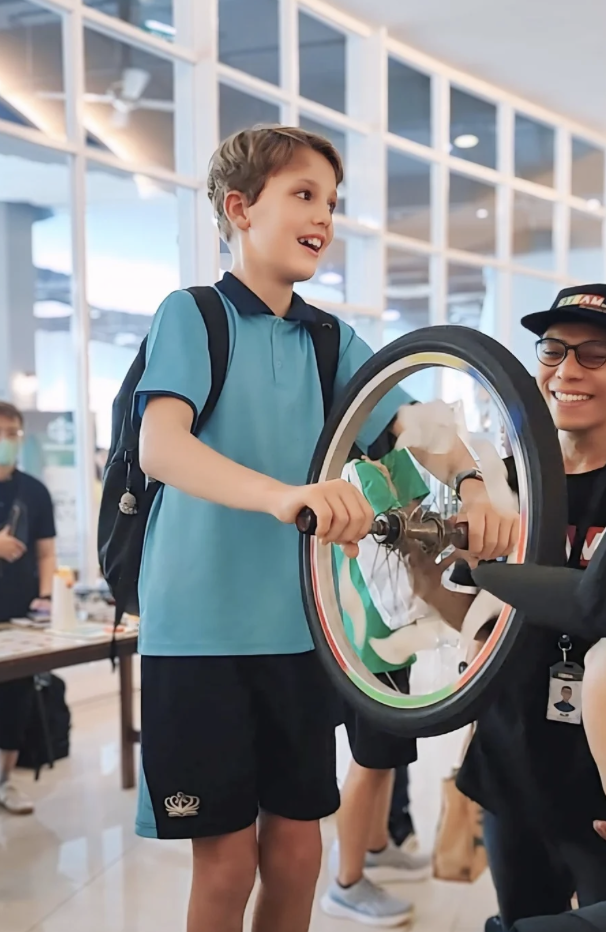
Gyroscope
A gyroscope is a device used to measure or maintain orientation and angular velocity. Its working principle is based on angular momentum, where a spinning wheel or disk tends to maintain the orientation of its axis of rotation. This fascinating device demonstrates the principles of motion and stability, offering a hands-on way to explore rotational dynamics and their real-world applications.
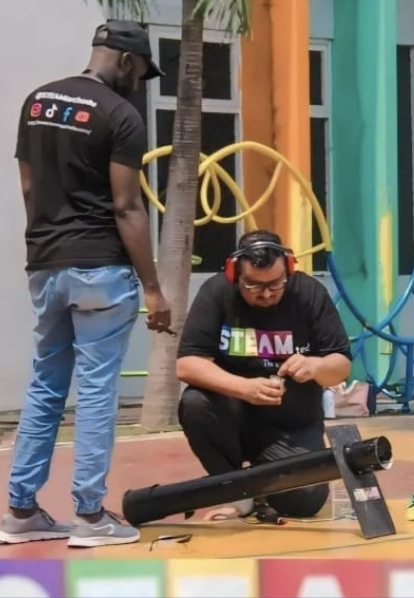
The Carbide Canon
The Carbide Cannon is a science experiment that uses a chemical reaction to produce a small explosion, propelling an object in a manner similar to how a cannon works. In this experiment, carbide (usually calcium carbide) reacts with water, producing flammable acetylene gas. This gas is then ignited with a flame, creating an explosion that propels a projectile, such as a can lid or lightweight object. It’s a thrilling and educational way to explore chemical reactions, pressure, and energy release in a fun, hands-on manner!
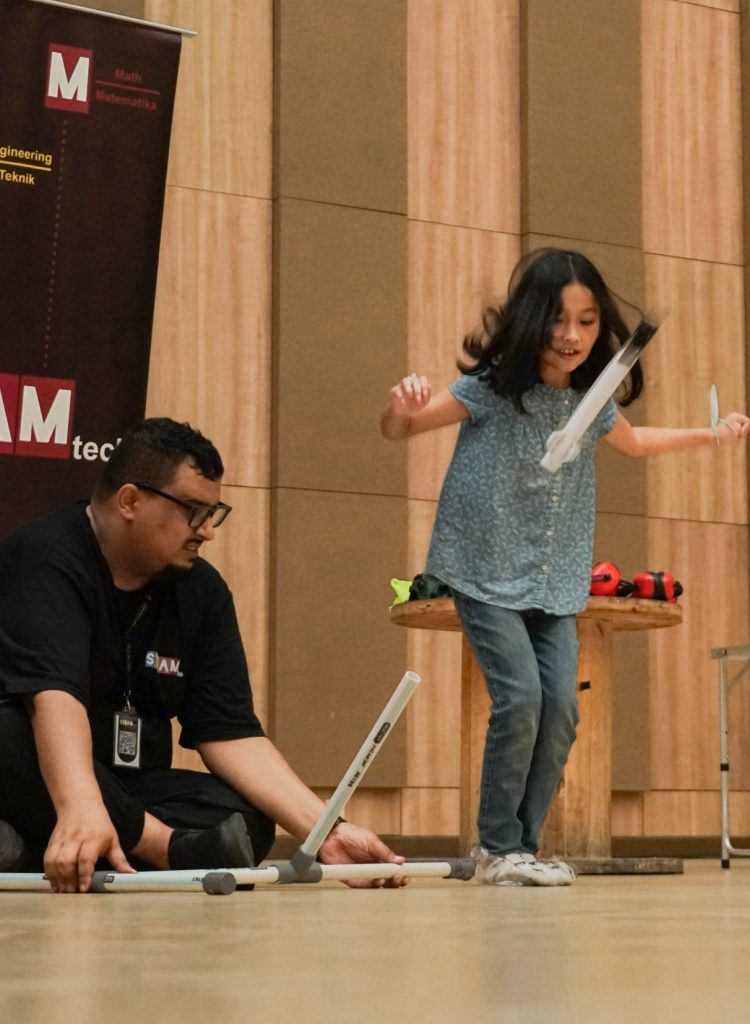
The Air Rocket
The Air Rocket experiment is an activity designed to explore fundamental physics principles, particularly air pressure, Newton’s laws of motion, and aerodynamics. In this experiment, participants use a simple device—a lightweight toy rocket—that is launched by air pressure generated by stomping on a pump or air pad. This hands-on activity offers a fun and engaging way to understand the science behind motion, force, and air pressure, while sparking curiosity in young learners!
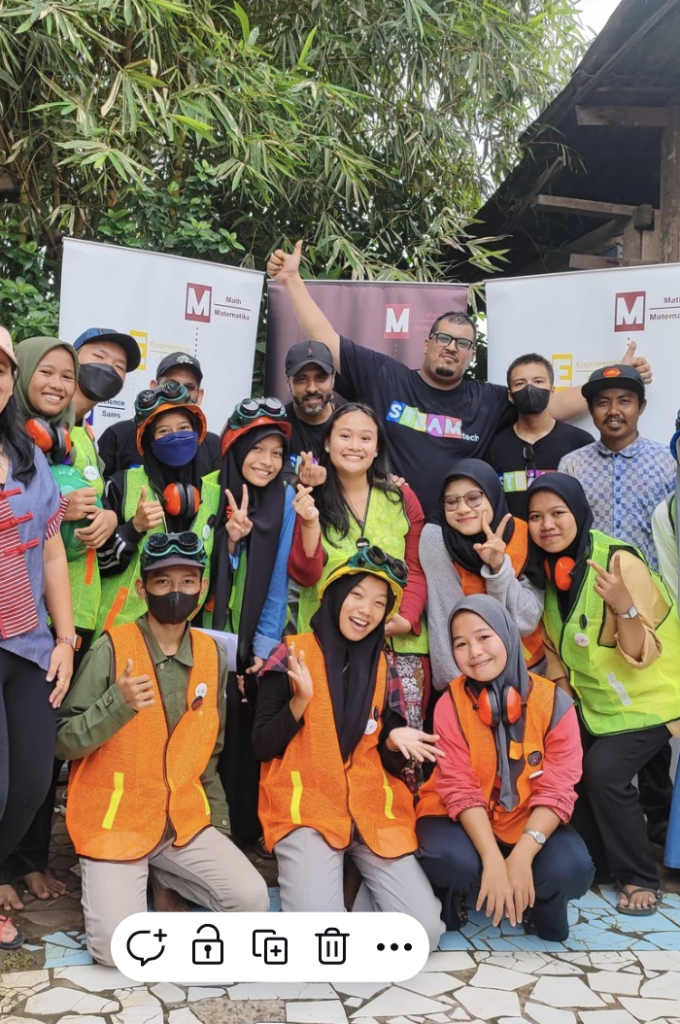
Safety Gear Program
Safety Gear Program ensures that participants have the necessary protective equipment, like helmets, gloves, and goggles, to stay safe in the workplace. It includes providing the right gear, training participants on how to use it, and regularly checking that the equipment is in good condition. This program helps prevent accidents and promotes a safe environment.
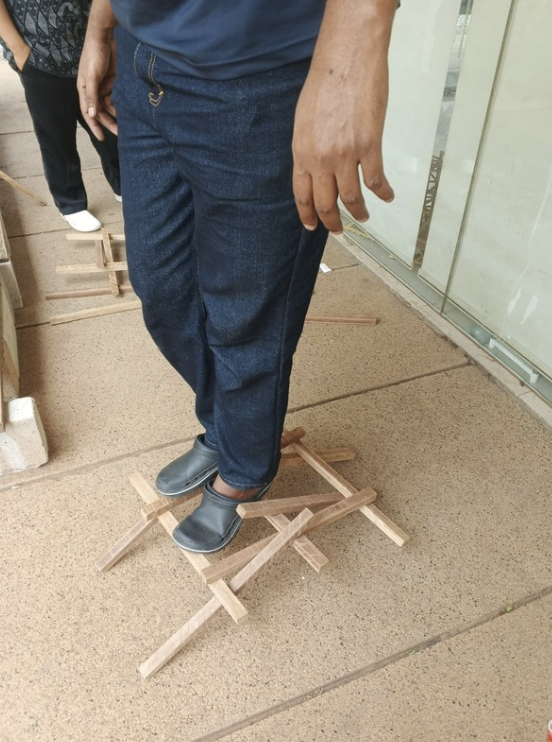
Davinci Bridge
The Da Vinci Bridge Experiment is an educational activity that replicates the design of the iconic self-locking bridge created by Leonardo da Vinci. In this experiment, participants assemble beams (usually made of wood or popsicle sticks) without the use of nails, glue, or any adhesives. The bridge structure is built using the principle of self-locking, where the beams support each other through pressure and balanced load distribution. This hands-on activity helps demonstrate engineering concepts and the power of design and physics in construction.

Astronaut Suit
The Astronaut Suit Introduction Event is an interactive activity designed to introduce the function, design, and technology behind the specialized suits worn by astronauts. This engaging experience offers participants a closer look at how these suits protect astronauts in space and provides a hands-on opportunity to learn about the innovations that keep them safe and functional in extreme environments. Perfect for sparking curiosity about space exploration and the science of space travel!
More experiments?


